Hurricane Katrina was a large Category 5 Atlantic hurricane that caused over 1,800 deaths and $125 billion in damage in late August 2005, particularly in the city of New Orleans and the surrounding areas.
It was at the time the costliest tropical cyclone on record and is now tied with 2017's Hurricane Harvey.
Katrina originated on August 23, 2005, as a tropical depression from the merger of a tropical wave and the remnants of Tropical Depression Ten. Early the following day, the depression intensified into a tropical storm as it headed generally westward toward Florida, strengthening into a hurricane two hours before making landfall at Hallandale Beach on August 25. After briefly weakening to tropical storm strength over southern Florida, Katrina emerged into the Gulf of Mexico on August 26 and began to rapidly intensify. The storm strengthened into a Category 5 hurricane over the warm waters of the Gulf of Mexico before weakening to Category 3 strength at its second landfall on August 29 over southeast Louisiana and Mississippi.
The storm was the twelfth tropical cyclone, the fifth hurricane, and the third major hurricane of the 2005 Atlantic hurricane season, as well as the fourth-most intense Atlantic hurricane on record to make landfall in the contiguous United States.
Katrina also had a profound impact on the environment. The storm surge caused substantial beach erosion, in some cases completely devastating coastal areas. The damage from Katrina forced the closure of 16 National Wildlife Refuges. The storm caused oil spills from 44 facilities throughout southeastern Louisiana, which resulted in over 7 million US gallons of oil being leaked.
By Sunday, August 28, most infrastructure along the Gulf Coast had been shut down, including all freight and Amtrak rail traffic into the evacuation areas as well as the Waterford Nuclear Generating Station. Since Hurricane Katrina, Amtrak's Sunset Limited service has never been restored past New Orleans.Everyone knows that salad goes with bread, but what about salad IN bread? That's exactly what you'll get with our recipe for Pull-Apart Salad Bread. This savory monkey bread-style recipe is studded with tasty veggies. And since it's such a fun shape, we like to surround ours with all sorts of salad fixins to make it even more special.
- 2 (16.3-ounce) cans refrigerated flaky layer biscuits
- 1 stick butter, melted
- 1 (1-ounce) packet dry ranch dressing mix
- 1/2 cup chopped sundried tomatoes
- 1/2 cup sliced black olives
- 1/2 cup sliced scallions
- 2 cups shredded mozzarella cheese
- 4 cups mixed baby greens
- 1/2 cup cherry tomatoes, cut in half
- 1/4 cup thinly sliced red onion
- 1/2 cup ranch dressing
- Preheat oven to 350º. Coat a 10-inch Bundt pan with cooking spray.
- Cut each biscuit into 6 pieces and place in a large bowl. Pour butter over biscuits, sprinkle with ranch dressing mix, and gently toss until evenly coated. Add sundried tomatoes, olives, scallions, and cheese to biscuits and toss until well combined. Place mixture evenly in Bundt pan.
- Bake 40 to 45 minutes or until golden brown and cooked in center. Let cool 10 minutes, then invert onto a platter. Place greens around and in center of bread. Top with tomatoes and onion. Drizzle with ranch dressing and serve.
1888 – Maurice Chevalier, French singer and actor (d. 1972)
1913 – Jesse Owens, American athlete (d. 1980)
1931 – George Jones, American country music singer (d.2013)
1940 – Linda Gray, American actress
National Chocolate
Milkshake Day on September 12th brings chocolate and ice cream lovers together. Forget the calories for just this one day and enjoy a sweet tall, thick and delicious, chocolate milkshake!
The term milkshake first appeared in print in 1885. During this period, milkshake referred to an alcoholic beverage described as a “sturdy, healthful eggnog type of drink” blended with eggs, whiskey, and other ingredients. Pharmacies served the drink as a tonic and a treat to customers. By 1900, pharmacies offered this “wholesome drink” with either chocolate, strawberry, or vanilla syrup.
- The early 1900s – People began asking for this “new treat” with a scoop of ice cream.
- 1911 – Hamilton Beach’s drink mixers began to be used at soda fountains.
- 1922 – Steven Poplawski invented the electric blender or drink mixer.
- Due to the invention of the blender, the milkshake began to take a chipped, aerated, and frothy form as they are today.
- By the 1920s & 1930s, milkshakes became a popular drink at malt shops everywhere.
Another addition to the milkshake was malted milk powder. Made from malted barley, wheat flour, and dehydrated whole milk, malted milk tastes a bit like toasted caramel. It made its debut around the 1870s as a shelf-stable dry milk product. Add the powder to a chocolate milkshake, and transform the creamy goodness into a malted chocolate milkshake. Along with milkshakes, malted milk milkshakes became popular drinks at soda fountains around the 1920s.
HOW TO OBSERVE
Enjoy a chocolate milkshake at your favorite restaurant or soda fountain.







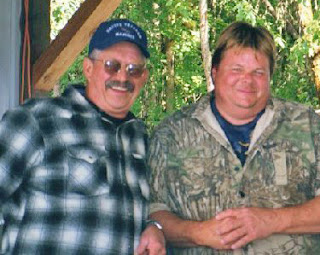

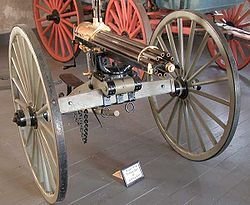
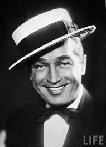
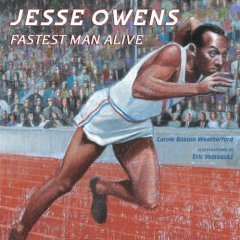

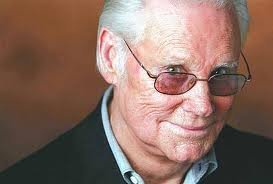


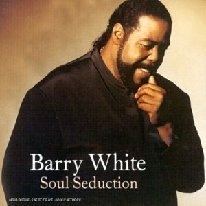

1 comment:
I have a friend whose husband was the engineer of the Union Pacific train that collided with the Metrolink train in Chatsworth. He was injured and hospitalized but survived. The Metrolink engineer died. It was his fault for missing the red signal while texting.
Son Eric who is an engineer with Metrolink and son Daryl who is a conductor with Union Pacific tell me that since that accident they are forbidden to have their phones turned on while on the train. Too bad a fatal crash has to happen before they make a rule that makes sense!
XO Trisha
Post a Comment